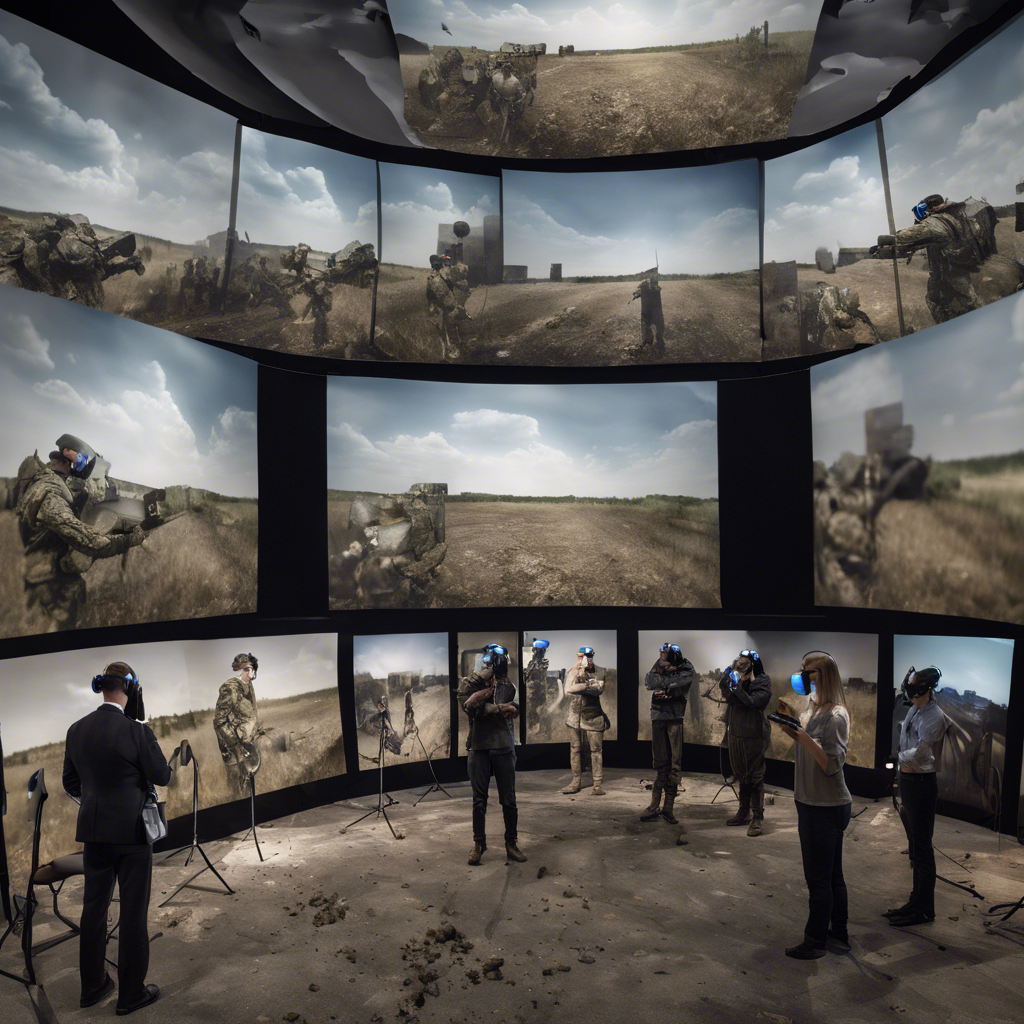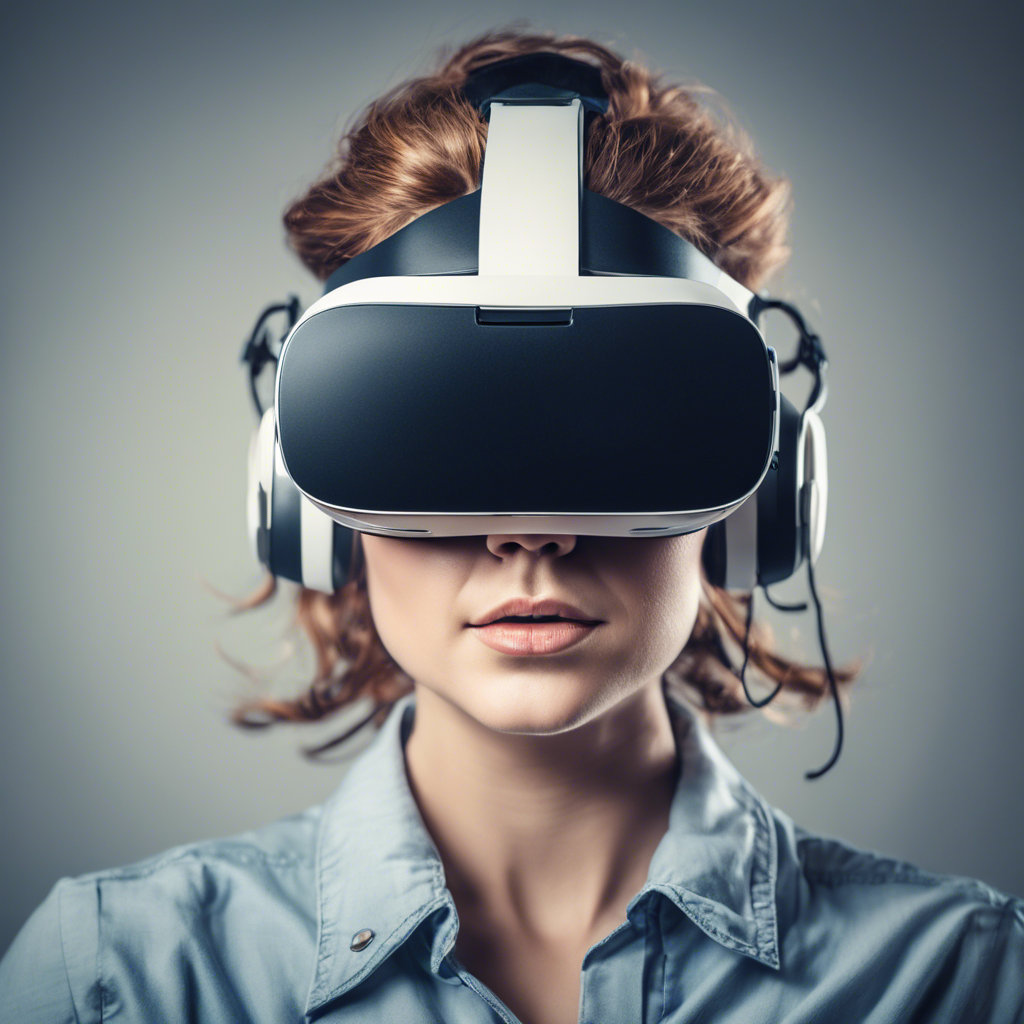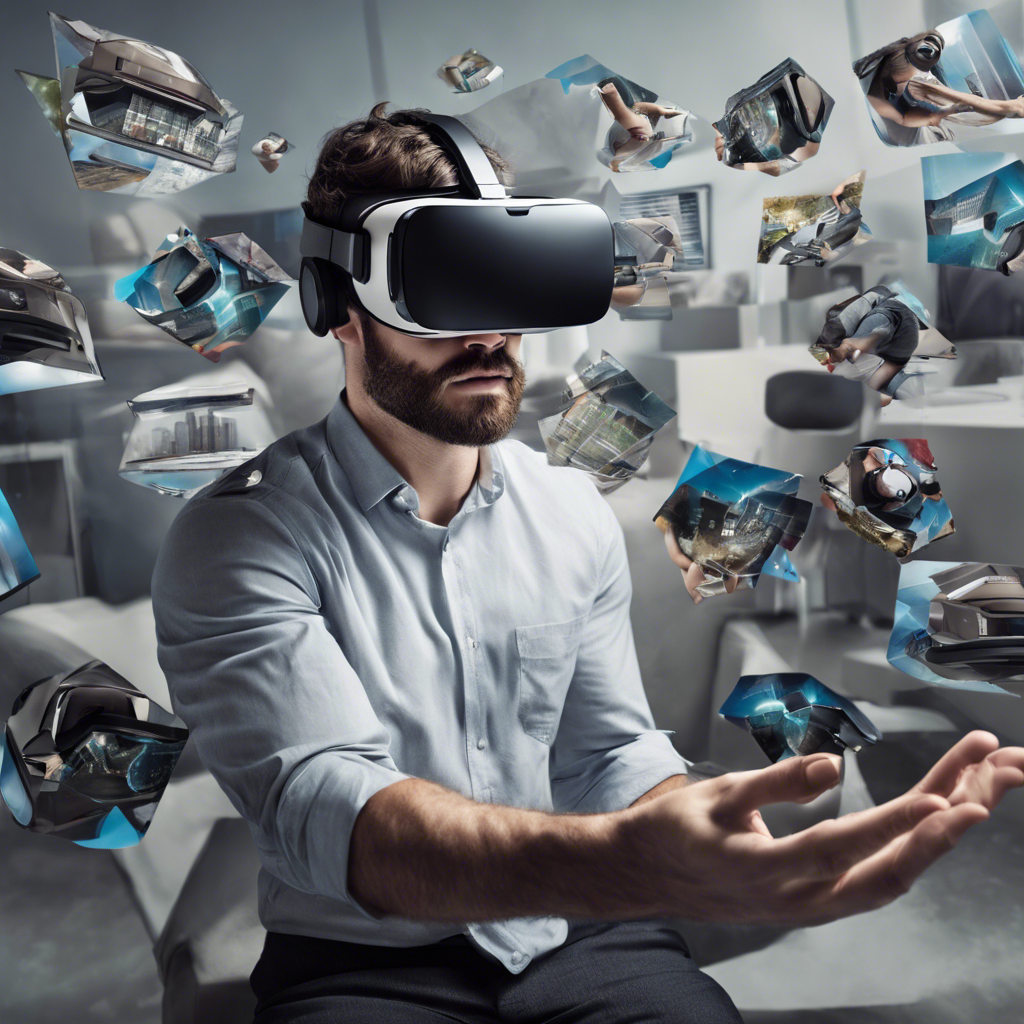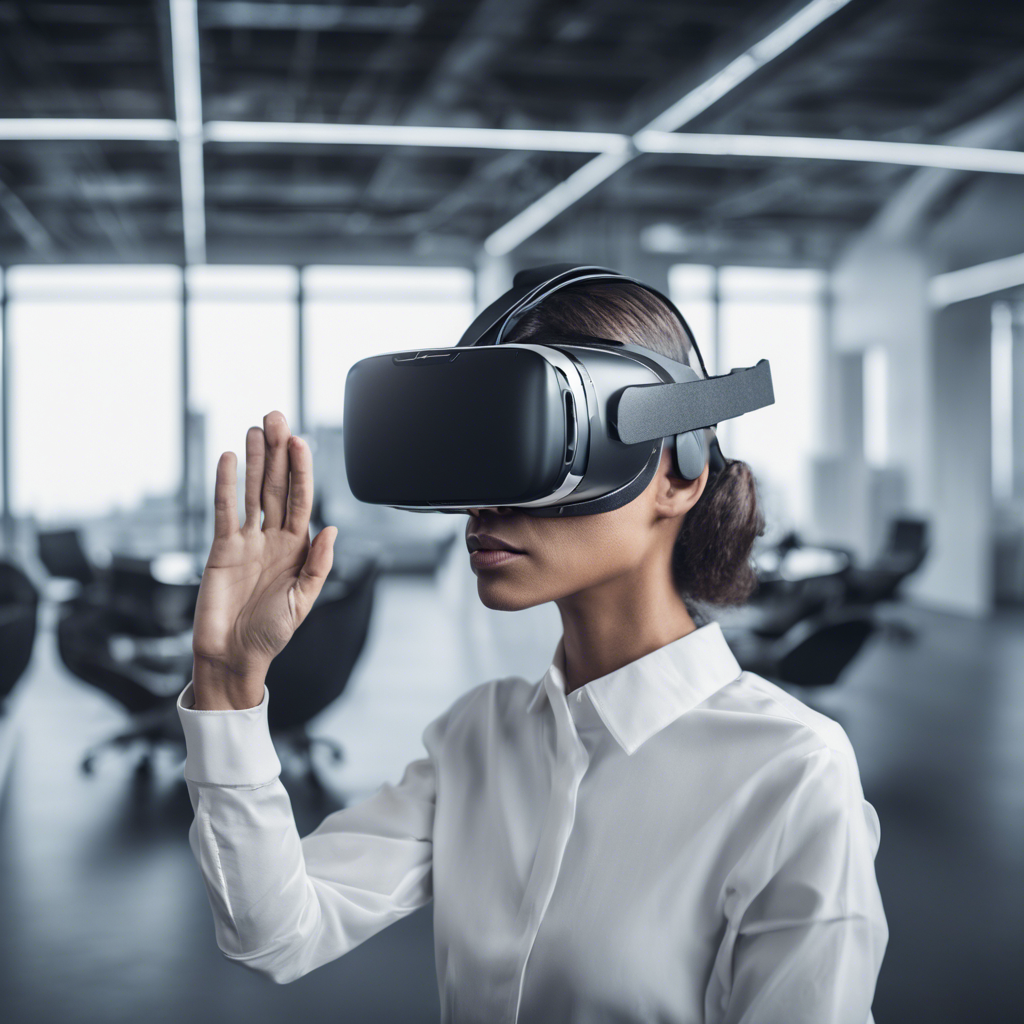‘War Up Close’ project uses VR technology to showcase the destruction caused by Russian forces in Ukraine
A groundbreaking virtual reality (VR) exhibition titled ‘War Up Close’ is bringing the harrowing reality of Russia’s war on Ukraine to audiences around the world. Developed by communications expert Oleksii Syvak and digital design expert Yuliia Matiash, the exhibition uses AI technology and 3D goggles to immerse viewers in the before and after scenes of areas in Ukraine that came under Russian occupation in 2022. The project aims to shed light on the deliberate targeting of civilian life by Russian forces and gather evidence for war crime prosecution. After touring through Europe, North America, the United Arab Emirates, Indonesia, and Australia, the exhibition is now headed back to the USA.
Capturing the Devastation: Before and After Footage
Prior to the full-scale invasion, Syvak and Matiash were collaborating on a Ukrainian tourism promotion using VR technology. They had recorded extensive digital footage of Ukraine, comparable to Google Street View. When Russian forces occupied Ukrainian territory, the pair decided to compare the “before” footage with the “after” footage, showcasing the devastating scale of destruction caused by the war. With the support of the Ministry of Internal Affairs, they quickly collected post-occupation material, including the destruction of cultural sites.
A Confronting Experience: Walking Through the Digital Rubble
Thousands of people have already experienced the ‘War Up Close’ exhibition, donning 3D goggles and virtually walking through the ruins and broken glass of Ukraine’s churches, schools, and museums. The exhibition includes the fully-destroyed museum dedicated to Ukrainian philosopher and musical composer Hryhoriy Skovoroda, among other sites. The immersive experience allows viewers to witness the destruction firsthand, without any filters or media bias. This direct experience has a profound impact on people, encouraging them to consider their responsibility and role in the face of Russia’s ethnocidal actions against Ukrainians.
A Personal Connection: Trauma Turned Productive
During the exhibition opening in Sydney, Yuliia Matiash shared her personal experience of the war. Fleeing from enemy occupation with her family and other families marked “Children” in ten cars under Russian fire, she emphasized the sudden disruption of their normal lives. Matiash expressed her desire to channel the trauma into something productive for her fellow Ukrainians. Her firsthand account added a poignant layer to the exhibition, allowing visitors to connect on a personal level with the devastating contrast between normalcy and destruction.
The Power of Immersive Media: Stimulating Conversation and Action
Visitors to the exhibition in Sydney, including a 17-year-old high school student and a digital cultures lecturer, recognized the power of VR in telling the Ukrainian story and stimulating conversations around social responsibility. The immersive nature of VR allows for a deeper understanding of the scale of destruction and encourages viewers to consider the future of these spaces. The exhibition serves as a call to action, inspiring individuals to think about ways to rebuild and restore the beauty of these devastated areas.
Conclusion:
The ‘War Up Close’ virtual reality exhibition is providing a unique and immersive experience for audiences worldwide, showcasing the devastating impact of Russia’s war on Ukraine. By allowing viewers to witness the destruction firsthand, the exhibition aims to raise awareness, gather evidence for war crime prosecution, and encourage individuals to reflect on their responsibility in the face of Russia’s actions. As the exhibition continues to travel, it serves as a powerful reminder of the urgent need for international support and solidarity with Ukraine.











